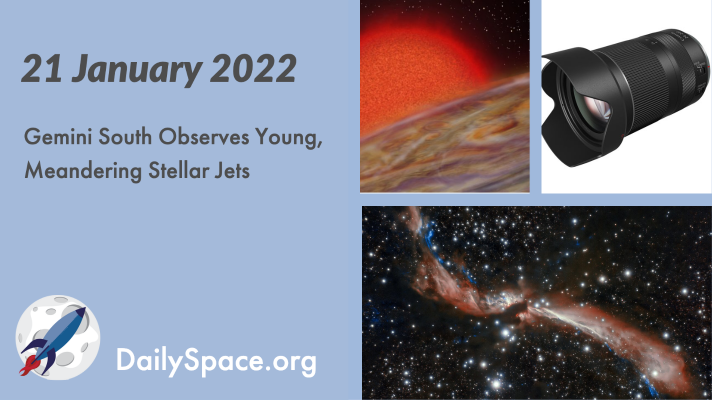
Jan 24, 2022 | Brown Dwarf, Daily Space, Exoplanets, Galaxies, Gemini South, JWST, Review, Spacecraft, Starlink, Stars, Very Large Array
The Gemini South Observatory, using adaptive optics, has captured stunning new images of meandering stellar jets. The sidewinding appearance is likely caused by the gravitational influences of nearby companion stars. Plus, exoplanet news and a review of a Canon lens.
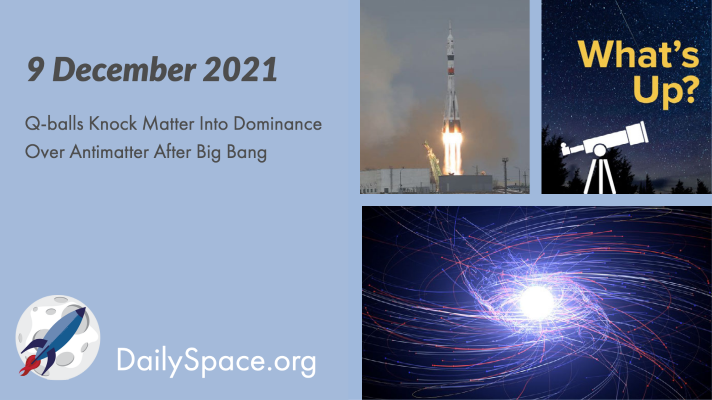
Dec 10, 2021 | Asteroids, Cosmology, Crewed Space, Daily Space, Exoplanets, Galaxies, Gemini South, Guest Interview, Rockets, ROSCOSMOS, Sky Watching, Soyuz, Spacecraft, Very Large Array
Researchers hypothesize that blobs in post-Big Bang fields of energy, known as Q-balls, could explain how matter came to dominate over antimatter in our Universe, and they plan to use gravitational waves to find their evidence. Plus, a crewed launch to the ISS features Japanese tourists, NASA selects the latest astronaut class, and What’s Up is the Geminids.
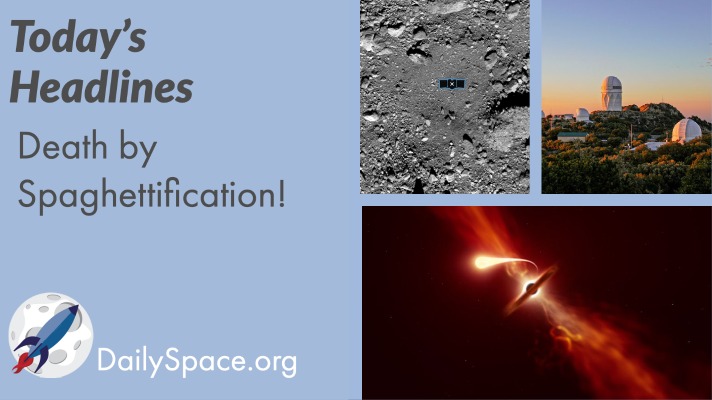
Oct 13, 2020 | Asteroids, Bennu Mapper, Daily Space, Gemini South, Observatories, OSIRIS-REx, Stars, Supermassive Black Holes
Join us for a look at today’s top story: ESO telescopes captured the last moments of a star being destroyed by a black hole in a tidal disruption event. Plus scientists are studying Bennu’s surface to get ready for next week’s touch and go sample collection, and NOIRLab begins the process of restarting telescope operations at several observatories around the world.
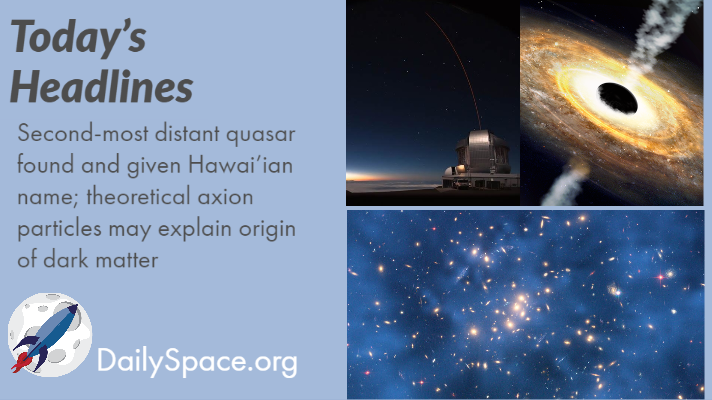
Jun 29, 2020 | Cosmology, Daily Space, Dark Matter, Gemini South, Quasar, Supermassive Black Holes
Join us today as we look at big news on a big quasar! Pōniuāʻena is the second-most distant quasar ever found, and its existence challenges conventional black hole formation theory. Also, we explain how the theoretical axion particle might be involved in the origin of dark matter.
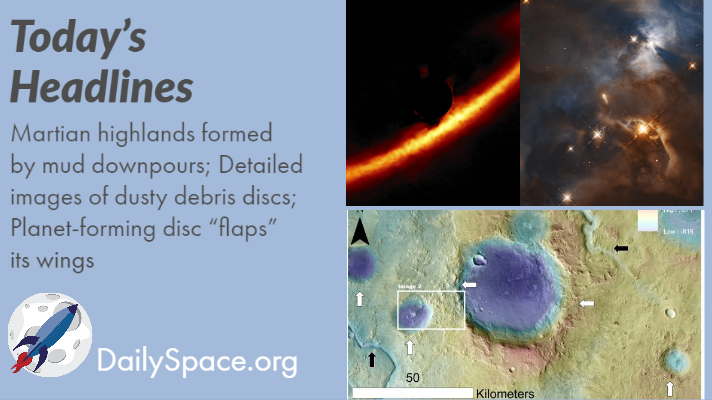
Jun 26, 2020 | Daily Space, ESA, Exoplanets, Gemini South, Mars, Star Forming Region
Join us today as we look at a possible explanation for how mudstone formed in the Martian highlands. We share a plethora of new images from the Gemini Planet Imager of detailed, dusty discs around stars. And finally, Hubble sees another planet-forming disc flap its bat-wings.







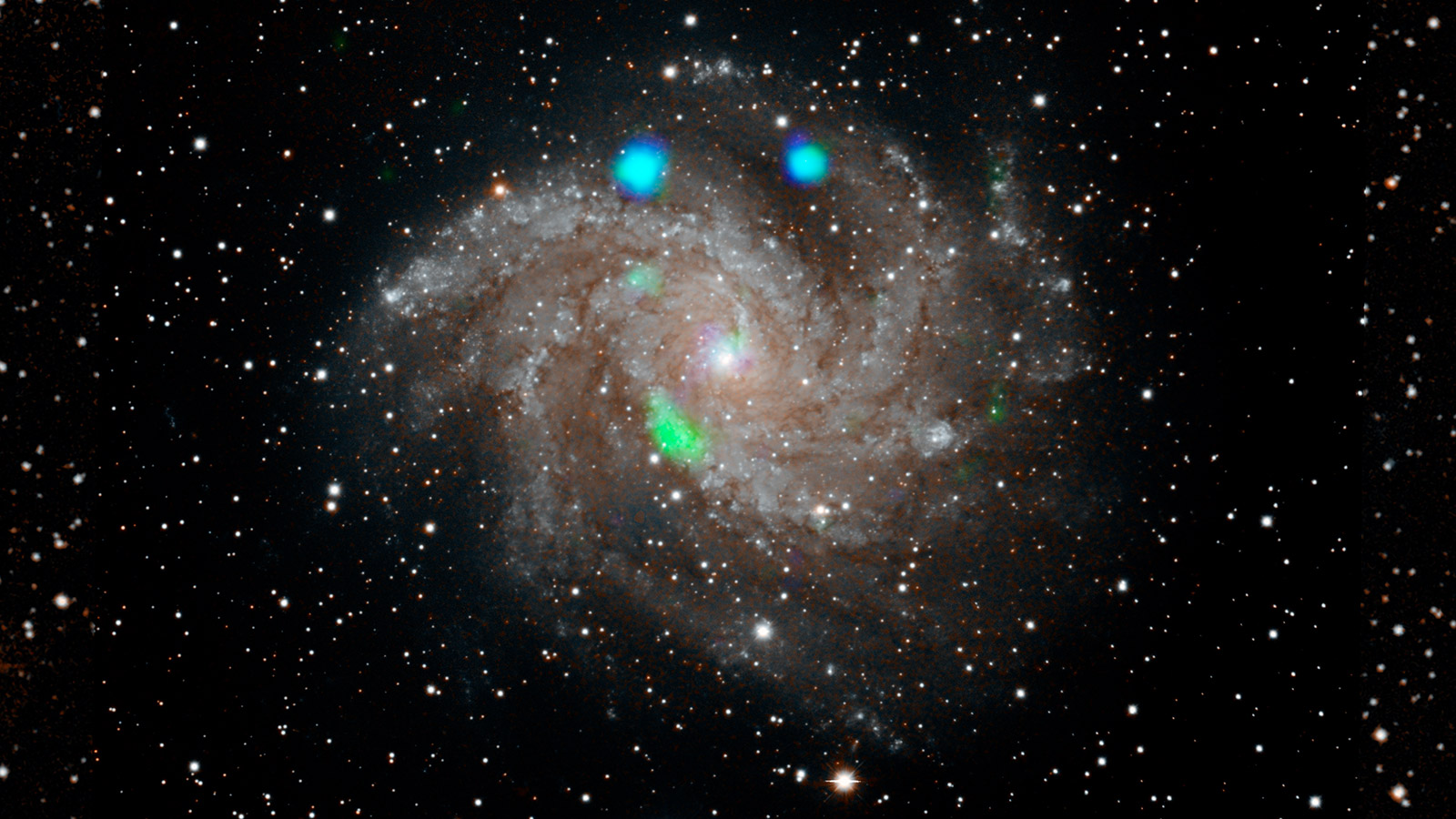
 We record most shows live, on Twitch. Follow us today to get alerts when we go live.
We record most shows live, on Twitch. Follow us today to get alerts when we go live.